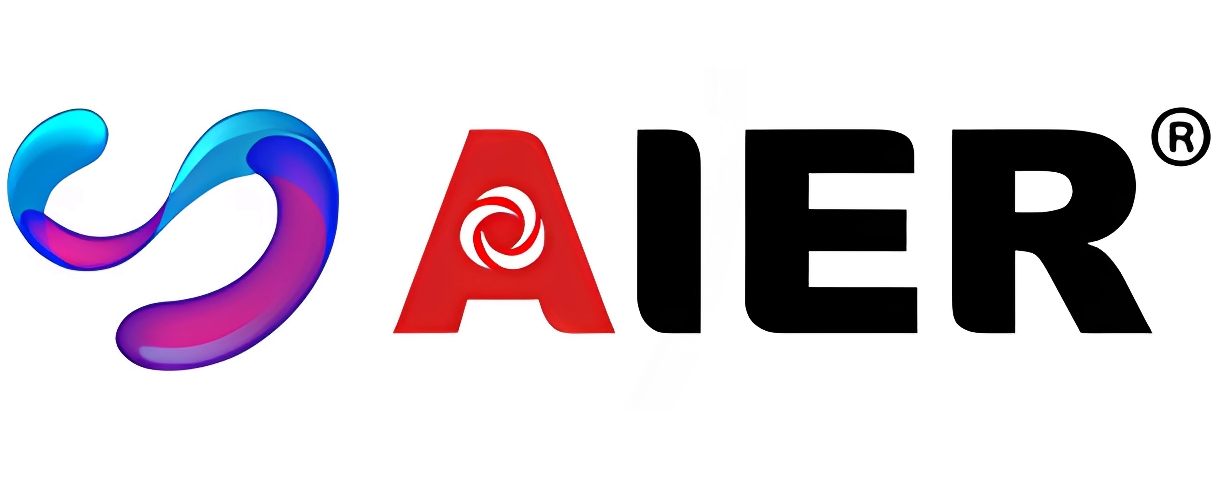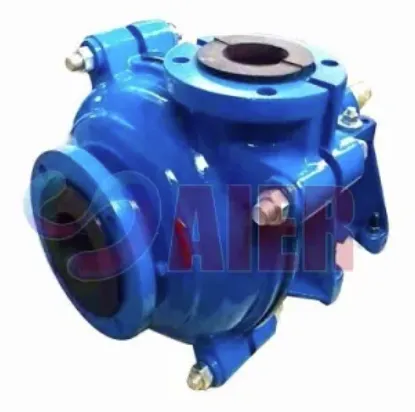
- afrikkalainen
- albanialainen
- amhara
- arabialainen
- armenialainen
- Azerbaidžani
- baski
- valkovenäläinen
- bengali
- bosnialainen
- bulgarialainen
- katalaani
- Cebuano
- Kiina
- Kiina (Taiwan)
- Korsikalainen
- kroatialainen
- Tšekki
- Tanskan kieli
- Hollannin kieli
- Englanti
- esperanto
- Virolainen
- Suomalainen
- Ranskan kieli
- friisi
- Galicialainen
- Georgian
- Saksan kieli
- kreikkalainen
- gudžarati
- Haitin kreoli
- hausa
- havaijilainen
- heprealainen
- Ei
- Miao
- Unkarin kieli
- islantilainen
- igbo
- Indonesialainen
- irlantilainen
- italialainen
- japanilainen
- jaavalainen
- kannada
- kazakki
- khmerit
- Ruanda
- Korealainen
- kurdi
- Kirgisia
- TB
- Latina
- Latvialainen
- liettualainen
- luxemburgilainen
- makedonialainen
- Malgashi
- malaiji
- malajalami
- maltalainen
- maori
- marathi
- mongolialainen
- Myanmar
- Nepali
- Norjan kieli
- Norjan kieli
- Oksitaani
- pashto
- persialainen
- Kiillottaa
- Portugalin kieli
- Punjabi
- romanialainen
- Venäjän kieli
- samoalainen
- Skotlannin gaeli
- serbia
- Englanti
- Shona
- Sindhi
- sinhala
- Slovakian
- slovenialainen
- somali
- Espanja
- sundalainen
- swahili
- Ruotsin kieli
- Tagalog
- tadžiki
- tamili
- tatari
- telugu
- thaimaalainen
- turkkilainen
- Turkmenistan
- ukrainalainen
- urdu
- uiguuri
- uzbekki
- vietnam
- Walesin
- auta
- jiddish
- joruba
- zulu
elo . 28, 2025 18:28 Takaisin listalle
Common Applications for Rubber Slurry Pumps
Rubber slurry pumps play a pivotal role in industries where moving abrasive, high-solid-content slurries is a daily challenge. Designed to handle harsh conditions, these pumps combine durability, efficiency, and versatility, making them indispensable in various sectors. This article explores the common applications of rubber slurry pumps, delves into the importance of their key components like rubber slurry pump parts and rubber slurry pump impellers, and addresses frequently asked questions to help you make informed decisions.

Key Industrial Applications of Rubber Slurry Pumps
Rubber slurry pumps are engineered to thrive in environments where traditional metal pumps might fail due to corrosion or wear. One of their primary domains is mining, where they transport ore slurries, tailings, and waste materials. The rubber lining and components resist the abrasiveness of mineral particles, extending the pump's service life compared to metallic alternatives. In the mineral processing industry, these pumps efficiently handle thick slurries containing quartz, coal, or copper ore, ensuring consistent operation in crushing, grinding, and flotation processes.
The chemical industry also relies on rubber slurry pumps for moving aggressive fluids, such as acidic or alkaline slurries used in fertilizer production, pharmaceutical manufacturing, and wastewater treatment. The rubber's chemical resistance protects against degradation, making these pumps a safe choice for handling corrosive substances. Additionally, in the paper and pulp industry, they manage pulpy mixtures, sludge, and black liquor, maintaining performance even when dealing with fibrous or viscous materials.
The Critical Role of Rubber Slurry Pump Parts
A rubber slurry pump's reliability stems from its well-designed components, each chosen for specific operational demands. The pump casing, typically lined with natural or synthetic rubber (like neoprene or EPDM), forms the first line of defense against abrasion and corrosion. This lining absorbs impact from solid particles, reducing stress on the metal housing and minimizing noise.
The shaft and bearings are crucial for transmitting power while withstanding radial and axial loads. High-quality bearings with proper lubrication ensure smooth rotation, even under heavy loads, preventing premature failure. Sealing systems, such as mechanical seals or packing glands, prevent slurry leakage, maintaining safety and efficiency. Regular inspection of these rubber slurry pump parts is essential to uphold performance, as worn seals or bearings can lead to energy loss and downtime.
Optimizing Performance with Rubber Slurry Pump Impellers
The rubber slurry pump impeller is the heart of the pump, responsible for converting rotational energy into fluid motion. Impellers come in various designs—open, closed, or semi-open—chosen based on slurry characteristics like solid size, concentration, and viscosity. Open impellers are ideal for highly abrasive slurries with large particles, as their design reduces clogging and allows solids to pass through more freely. Closed impellers offer higher efficiency for lower-solid-content slurries, providing better hydraulic performance.
Rubber impellers excel in resisting wear from abrasive solids, as their elasticity absorbs impact and reduces particle embedment compared to metal counterparts. The material's resilience also minimizes damage from cavitation, a phenomenon where vapor bubbles form and collapse, causing erosion. Proper impeller selection and maintenance—such as balancing and periodic replacement—are key to maximizing pump efficiency and reducing energy consumption.
FAQs About Rubber Slurry Pumps
What Are the Main Advantages of Choosing a Rubber Slurry Pump Over Metal Alternatives?
Rubber slurry pumps offer superior resistance to both abrasion and corrosion, making them ideal for harsh environments. The rubber lining and components absorb impact from solid particles, reducing wear on critical parts and extending service life. Additionally, they are quieter in operation, require less maintenance, and often provide better energy efficiency due to their smooth hydraulic designs. These advantages translate to lower total cost of ownership, especially in industries where downtime is costly.
How Often Should I Inspect and Maintain Rubber Slurry Pump Parts?
Regular maintenance is key to optimizing pump performance. Inspect rubber slurry pump parts like seals, bearings, and the impeller at least once a month, or more frequently in high-wear applications. Look for signs of leakage, unusual vibrations, or efficiency drops. Replace worn rubber components promptly, as damaged linings or impellers can lead to metal-to-particle contact, accelerating wear. Following a preventive maintenance schedule can significantly extend the pump's lifespan.
Can Rubber Slurry Pump Impellers Handle Large Solid Particles?
Yes, especially when paired with the right impeller design. Open or semi-open rubber slurry pump impellers are specifically engineered to handle slurries with large solids (up to several millimeters in diameter). Their wide passages reduce the risk of clogging, while the rubber's flexibility allows particles to pass through without causing excessive damage. Always consult the manufacturer's guidelines to select the best impeller type for your slurry's solid size and concentration.
Are Rubber Slurry Pumps Suitable for High-Temperature Applications?
Most rubber slurry pumps perform optimally at temperatures below 60°C (140°F), as high heat can degrade rubber materials over time. However, specialty rubber compounds like fluoroelastomer (FKM) can withstand higher temperatures up to 150°C (300°F) in certain applications. If your process involves hot slurries, discuss your temperature requirements with the manufacturer to ensure the pump's materials and design are suitable for your needs.
Can I Customize a Rubber Slurry Pump for My Specific Application?
Absolutely. Manufacturers offer customization options for rubber slurry pumps, including selecting the right rubber compound (e.g., natural rubber for abrasion resistance, nitrile for oil resistance), impeller design, and casing configuration. Customization ensures the pump matches your slurry's unique properties—such as pH, solid concentration, and particle size—maximizing performance and durability.
In conclusion, rubber slurry pumps are versatile solutions for industries facing abrasive and corrosive slurry-handling challenges. By understanding their applications, prioritizing component maintenance, and leveraging the right impeller design, you can enhance operational efficiency and reduce costs. If you have specific needs or questions about selecting the perfect pump for your process, don't hesitate to explore customization options and consult with experts who specialize in these robust, reliable systems.
-
Submersible Well Pump Manufacturer | Durable & Efficient Solutions
UutisetAug.29,2025
-
Small Dredge Pump Applications in Aquaculture and Ponds
UutisetAug.28,2025
-
Portable Sump Pumps for Emergency Flood Situations
UutisetAug.28,2025
-
Metal Slurry Pump Applications in Mining Industry
UutisetAug.28,2025
-
Hydraulic Performance Testing for Centrifugal Vertical Slurry Pumps
UutisetAug.28,2025
-
Froth Pump Automation Trends in Modern Industry
UutisetAug.28,2025